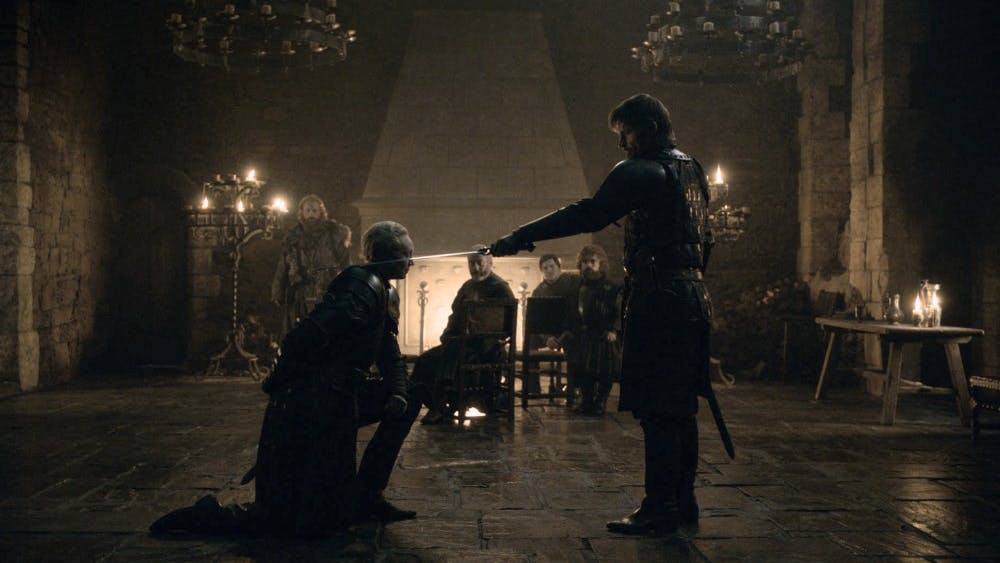“13 Reasons Why” created considerable buzz upon its release in March 2017, prompting many teens and young adults to take a closer look at issues like suicide and sexual violence. I excitedly binged the first season within the first several days after it appeared on Netflix and was intrigued by the differences between the book and the series. Most notably, the graphic depictions of suicide and sexual assault.
Others took notice, too.
Mental health professionals and advocacy groups decried the series’ portrayal of suicide for years. According to the American Association of Suicidology (AAS), the show missed an opportunity to explore risk factors and provide information to viewers regarding suicide. The show primarily centered around how teenagers treat one another, and there are often many more elements involved when concerning mental health and suicide.
Other critiques focus on the flawed revenge-fantasy narrative of suicide and the fact that Netflix explicitly went against guidelines for reporting on suicide in the scene where protagonist Hannah Baker takes her own life.
After studies suggested that teen suicide had increased by a considerable margin following the series’ release - and amidst constant urging by health professionals - Netflix felt compelled to remove the graphic scene.
Netflix removed the scene depicting the protagonist’s violent death more than two years following 13 Reasons Why’s initial release. It was about time. This scene was the result of great irresponsibility by creators who, in their attempt to show the ugliness of suicide, put their vulnerable adolescent viewers at risk for suicide contagion ("copycat suicide") and put provocateur over viewers' safety.
This op-ed by one of the show’s writers elaborates on creators' initial intentions for the controversial scene: that it highlighted the agonizing and violent nature of suicide and that TV’s habit of offhandedly mentioning suicide often romanticized it as a relieving escape from life’s difficult problems. While the romanticism of suicide is a substantial problem, the controversial scene may not be the best way to combat it, especially while the show centers around an already romanticized revenge fantasy. An edgy suicide scene does little to highlight how complex suicide really is.
The existence of the scene itself may be an outgrowth of the desire by creators to tell a provocative and emotional story- but suicide is not provocative. It is tragic, real and multifaceted. It is not a direct outcome of the hurtful actions of 13 individuals. It is the outcome of feeling lost and helpless. It is the outcome of untreated or under treated mental health issues. This scene's removal is both necessary for the health of viewers and inconsequential to the overarching message of the series - to treat each other kindly and seek help in family, friends and authority figures when we need it.
I hope that it doesn’t take someone’s real struggle with suicidality, or the loss of someone important to them by suicide, to understand the dangers of treating a graphic, triggering suicide scene as a plot device in a show targeted for teens and young adults.
If you or someone you know is having thoughts of suicide, please call the National Suicide Prevention Lifeline at 1-800-273-8255, text “START” to Crisis Text Line at 741-741, or consider using the Lifeline Crisis Chat at www.crisischat.org.
Also take advantage of your resources on campus by contacting Counseling and Psychological Services (CAPS). To set up an appointment - or for after-hours crisis counseling - call (734) 487-1118.










